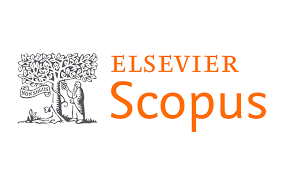DESCRIPTION STUDY FOR SOME OLIVE CULTIVARS ( DOEBLI, MUHASAM ,CORATINA,CONSERVOLIA)UNDER RAIN-FED AGRICULTURE CONDITION
Abstract
1. Four olive cultivars in the Qmenas Gene Bank (Idlib province), located at 440 m above sea level, with average annual rainfall of 450-500 mm were studied during 2008 - 2009 The varieties studied were of two types: local (Doebli ,Muhasam) and two types of exotic introduced varieties (Coratina,Conservolia). Results revealed the followings: :
2. There was differences between many of the morphological traits studied In Doebli, the nature of the growth was spread, Muhasam var. fruit weight was too high (greater than 6 g) Its tree growth was strong and pending. Coratina growth habit was medium- sporadically pending and fruits were very long while growth habit in Conservolia was hierarchical with strong growth and the fruit weight was high (it is a table cultivars) a spherical coherent and seed weight is very high and the number of pointed oval grooves are high.
3. different dates of phenology stages were observed with vegetative growth starting early in the Muhasam The date of fruits discoloration began jumping into Doebli from mid-September until early October, followed by other cultivars.
4. Coratina leaf area( 4.37 cm2 ) surpassing others with significant differences
5. Fruit weight in the table cultivars Muhasam and Conservolia increased to 4.96 and4.63 g, respectively, and were significantly superior compared to Coratina (3.03 g).
6. Fruit oil content in Doebli (25.9%), Coratina (21.1%) was significantly superior as compared with Muhasam (12.5%) and Conservolia (11.9%).
7. Significant higher proportion of oleic acid to 71.33% in Muhasam. and Doebli. This was also marked by significant increase in the proportion of linoleic acid (10.96%).




